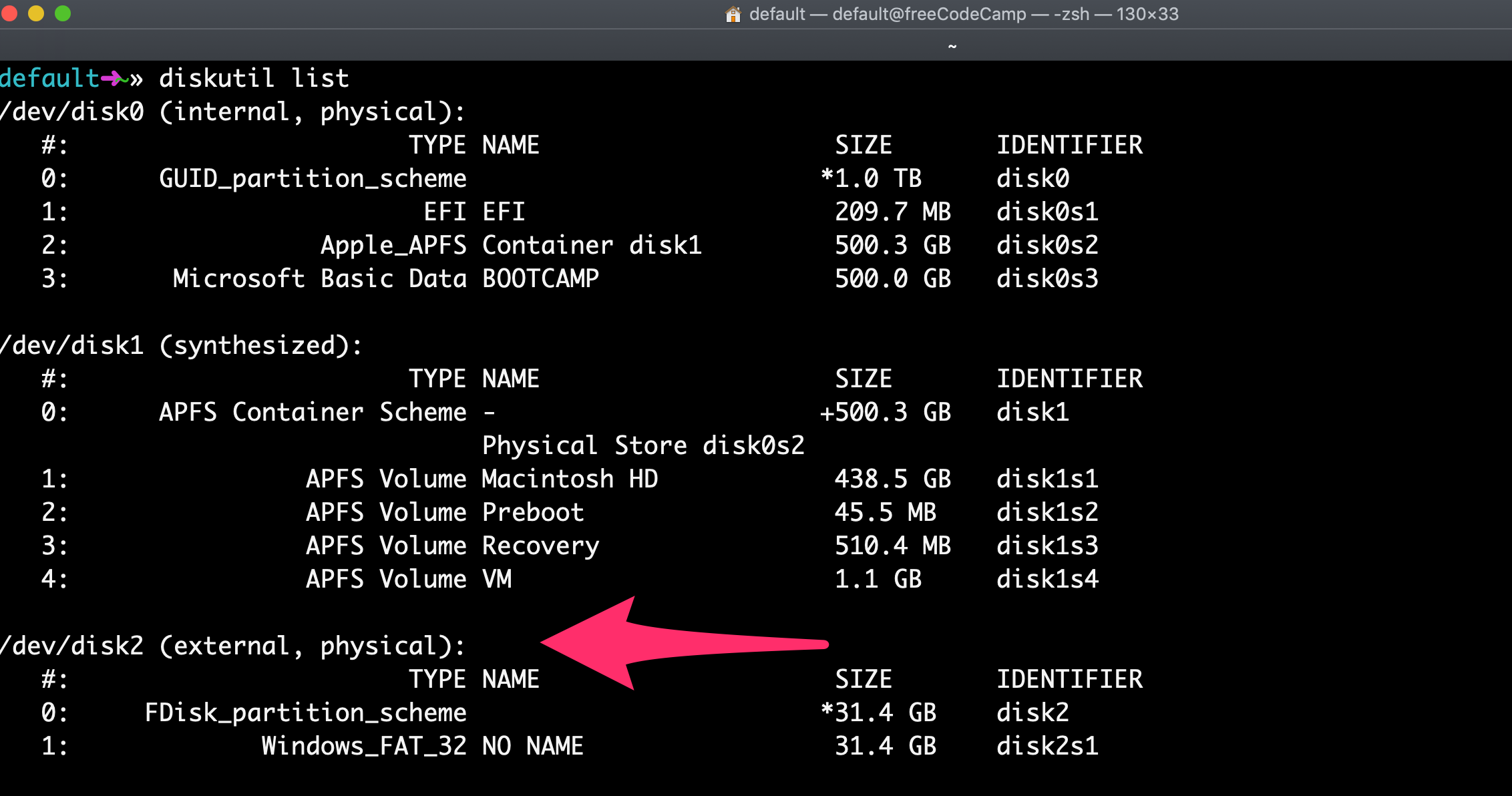

#FORMAT DRIVE FOR WINDOWS AND MAC SCHEME PATCH#
Some older operating systems must have a patch installed before they can use the exFAT file system. NOTE: MacOS 10.6.2 or higher is required for exFAT file system. NOTE: exFAT can be used on flash drives or memory cards to transfer files larger than 4GB. NOTE: exFAT is used on SDXC card (64GB and higher). When finished, the drive will be formatted and repartitioned successfully.
#FORMAT DRIVE FOR WINDOWS AND MAC SCHEME HOW TO#
Please See Answer 20985: How to access Disk Utility macOSĢ. Instructions below are for 10.13.x (High Sierra)ġ. Select this capacity.Ħ. Verify Volume Format is set to MS-DOS file system or exFAT, Scheme is set to “Master Boot Record” ( Do NOT select GUID Partition Map) then click Erase. Select the capacity of the drive respective to the one containing the device you wish to format then click the Erase tab.Įxample: If the drive is called "NO NAME", directly above that, you should see the drive capacity of "XXXX". On the left side of the window are the drives connected to the computer. Click the Applications folder - if using a Finder Window Applications will be in the left side menu.ĥ. Double-click on Macintosh HD - or in the Finder menu click File > New Finder WindowĢ. Instructions below are for 10.11.x (El Capitan) and 10.12.x (Sierra)ġ.

It is recommended that you choose the APFS disk format.WARNING: Formatting will erase all data on the device. Click the Erase button in the toolbar and specify the volume name and formatting. If there are several volumes, you can format them separately. Then select how many partitions you need, and specify the name, formatting and size for each of them.įormatting erases all data on your disk or a volume (depending on what is selected). To partition your disk, select it and click the Partition button. Choose GUID Partition Map to make the disk bootable. To choose the partition map scheme, select the disk (not a volume) and click the Erase button. It is recommended that you backup your data before making any changes. Partitioning can erase all data on your disk. You are now back to having two partitions. Plug the drive into a Mac, fire up Disk Utility, click on the USB drive, select partition tab, select the xxx partition and press the 'delete' key. Its format will be indicated right below the volume name in the upper section of the main window.Īlso, you can click the Info button in the toolbar to get more details. Plug the drive into the windows machine and agree to it formatting the drive (200 MB only for some reason) and label it something odd (I use xxx) 3. If the sidebar displays only volumes, select the View > Show all Devices in the main menu. The partition map scheme is indicated in the table. Select your disk (not a volume) in Disk Utility. Finding out the current partition map scheme Finding out the current partition map schemeįor all tasks described here, use the Disk Utility application located in the Applications/Utilities folder.Cloning Disks Partitioning and Formatting your Disk


 0 kommentar(er)
0 kommentar(er)
